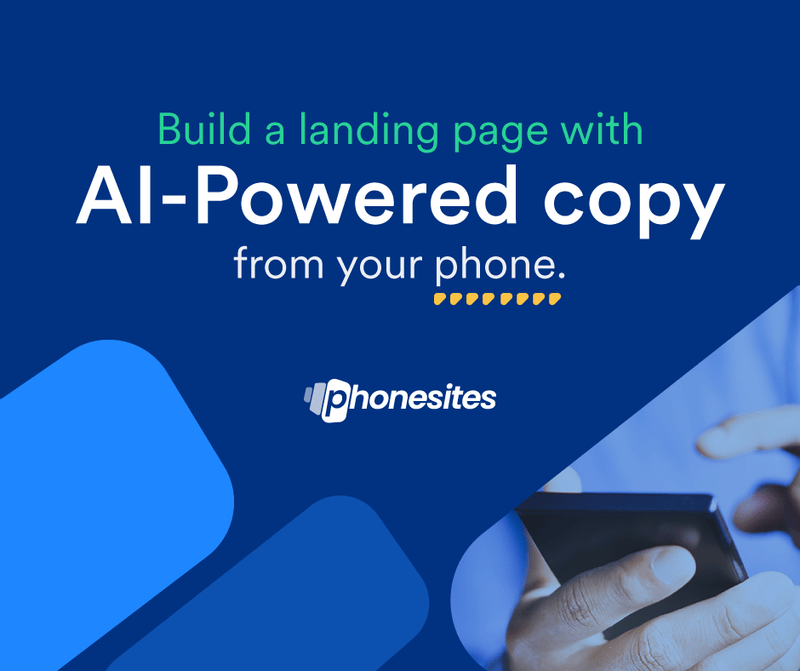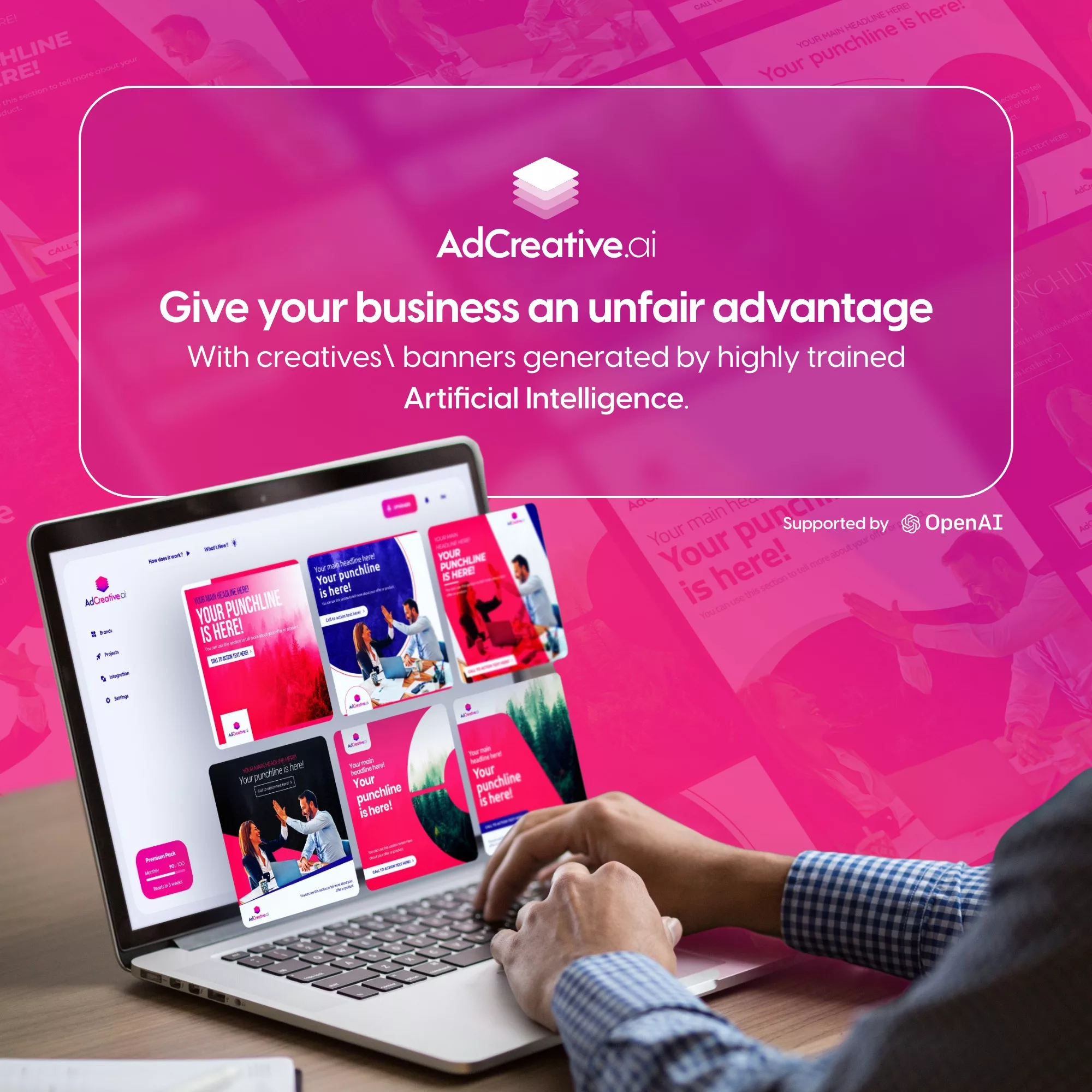
Web Design: Striking the Balance Between Principles and Possibilities
Web design has become an art that goes beyond mere aesthetics. It’s a careful dance between the fundamental principles of design and the myriad possibilities that modern web design tools offer. As businesses strive to make their online presence felt, finding the best web design tools is a crucial endeavour. In this comprehensive exploration, we will dissect the key factors that influence the selection of these tools, delve into the significance of basic web design principles and elements, shed light on the web design company in Nigeria, and highlight the intricate tradeoffs and challenges involved in the decision-making process.
Basic Web Design Principles and Elements
At the heart of every remarkable web design lies a solid foundation built upon fundamental principles and elements. These principles – balance, contrast, alignment, proximity, and more – form the bedrock of an engaging and visually appealing website. Incorporating these principles not only ensures a harmonious design but also enhances user experience. Striking the right balance between these principles and the capabilities of web design tools is essential for crafting a seamless and captivating digital experience.
Web Design Company in Nigeria
When seeking the ideal web design company for your project, it’s crucial to meticulously assess various factors to ensure a successful collaboration and an exceptional final product. To begin with, first and foremost, examine the company’s portfolio. Furthermore, closely scrutinize their previous work to gauge the quality and diversity of their designs. In addition, pay attention to the user experience evident in their creations.
6ixnetwork has garnered recognition for seamlessly merging the principles of design with the diverse culture and values of Nigeria. The integration of local aesthetics and global design trends sets these companies apart, offering a unique blend of creativity and functionality that resonates with audiences both at home and abroad.
Analyzing Web Design Tools
A rich array of web design tools is at the fingertips of modern designers, each with its own set of strengths and tradeoffs. Visual editors, like Adobe XD, Sketch, and Figma, provide an intuitive platform for designers to craft intricate layouts without delving into complex code. Content Management Systems (CMS), such as WordPress and Wix, offer a user-friendly experience, simplifying the design process with pre-built templates and plugins. On the other end of the spectrum, code-based editors like Sublime Text and Visual Studio Code empower designers with unparalleled flexibility, albeit requiring a steeper learning curve.
The Tradeoffs of Tool Selection
Selecting the optimal web design tool involves a delicate equilibrium between design principles, tool capabilities, and user impact. While visual editors and CMS platforms expedite the design process, they may limit creative freedom and lead to a homogenized appearance. On the contrary, code-based editors offer limitless possibilities but demand time, effort, and a proficient understanding of coding languages. Striking a balance between adhering to principles and harnessing tool capabilities remains a perpetual challenge, requiring designers to navigate the delicate tradeoffs with finesse.
Web Design Tool Selection
Amid the abundance of options, challenges abound in the quest for the perfect web design tool. Staying updated with the ever-changing technology landscape, ensuring compatibility across various devices and browsers, and managing decision fatigue are just a few hurdles designers must overcome. Furthermore, the choice of tools can have far-reaching implications, affecting not only the visual appeal of the website but also its accessibility, functionality, and user engagement.
Impact Considerations: Crafting User-Centric Designs
In the grand scheme of web design, one cannot underestimate the significance of user experience (UX) and accessibility. The choice of web design tools directly influences how visitors interact with a website. By prioritizing usability and accessibility, designers can create inclusive digital experiences that cater to a diverse audience, including those with disabilities. The impact of web design choices reverberates far beyond aesthetics, influencing how users perceive, navigate, and engage with a website.
Future-Proofing Designs
As the digital realm continues to evolve, adaptability is a hallmark of successful web design. The tools chosen today must remain relevant tomorrow, ensuring that websites can seamlessly incorporate emerging technologies and design trends. The decisions made now lay the foundation for a website’s long-term viability, highlighting the need to anticipate changes and future-proof designs against the test of time.
Weaving the Web of Design Possibilities
In the intricate tapestry of web design, the interplay between basic design principles, versatile tools, and user impact weaves a captivating narrative. As we traverse the diverse landscape of web design tools, the Nigerian web design scene emerges as a vibrant hub of creativity and innovation. Whether opting for the convenience of visual editors, the adaptability of code-based tools, or the balance offered by CMS platforms, designers tread a fine line, making conscious decisions that shape digital landscapes and user experiences. In this dynamic journey, the true artistry lies not only in the final design but also in the delicate balance achieved between principles and possibilities.
Frequently Asked Questions (FAQ)
- What are basic web design principles and elements, and why are they important? Basic web design principles and elements, such as balance, contrast, alignment, and proximity, serve as the foundational guidelines for creating visually appealing and user-friendly websites. They help maintain a harmonious layout, enhance user experience, and communicate the intended message effectively.
- How do web design tools impact the balance between design principles and possibilities? Web design tools provide designers with a range of capabilities, from visual editors that streamline the design process to code-based editors that offer complete creative control. Balancing design principles and tool capabilities requires careful consideration to ensure the final design is both aesthetically pleasing and functional.
- What is the role of the best web design company in Nigeria in the web design landscape? The best web design companies in Nigeria, such as [Company Name], play a crucial role in shaping online platforms by combining local aesthetics with global design trends. They create websites that resonate with Nigerian culture and values while adhering to modern design practices, resulting in impactful digital experiences.
- What are the tradeoffs involved in selecting different types of web design tools? Different web design tools come with tradeoffs. Visual editors offer convenience but might limit design freedom, while code-based editors provide flexibility at the cost of complexity. Content Management Systems (CMS) strike a balance between ease of use and customization. Designers must weigh these tradeoffs based on their specific project needs.
- How do web design tool choices affect user experience and accessibility? The choice of web design tools directly influences the user experience and accessibility of a website. Opting for user-centric design tools enhances usability for all visitors, including those with disabilities, leading to more inclusive and engaging digital experiences.
- What challenges should designers be aware of when selecting web design tools? Designers face challenges such as keeping up with evolving technology, ensuring compatibility across various devices and browsers, and managing decision fatigue. Additionally, the choice of tools can impact the website’s long-term viability and performance.
- How important is future-proofing when choosing web design tools? Future-proofing web design tools is essential to ensure a website remains relevant and adaptable to emerging technologies and design trends. The decisions made during tool selection lay the groundwork for a website’s longevity and success.
- What impact do web design tool choices have on a website’s overall success? Web design tool choices have a profound impact on a website’s visual appeal, functionality, user engagement, and accessibility. Thoughtful tool selection directly influences how users perceive and interact with a website, contributing to its overall success.
- Can I mix and match different web design tools for a single project? Yes, designers often mix and match various web design tools to leverage the strengths of each. For example, using a visual editor for rapid prototyping and a code-based editor for fine-tuning can result in a well-balanced design that meets both creative and functional requirements.
- What steps can I take to ensure I make informed decisions about web design tools? To make informed decisions about web design tools, consider your project’s goals, the balance between design principles and tool capabilities, user experience, and the long-term adaptability of the chosen tools. Conduct thorough research, seek expert advice, and test different tools to find the best fit for your specific needs.





Leave a Comment
You must be logged in to post a comment